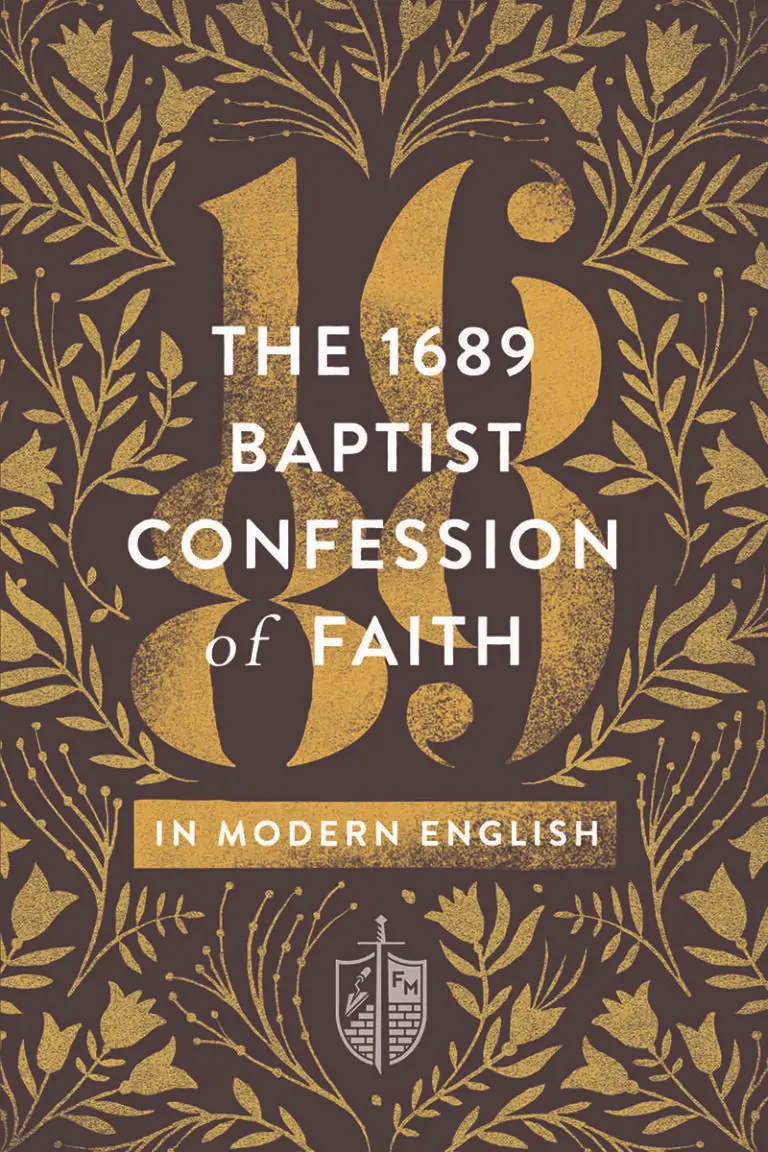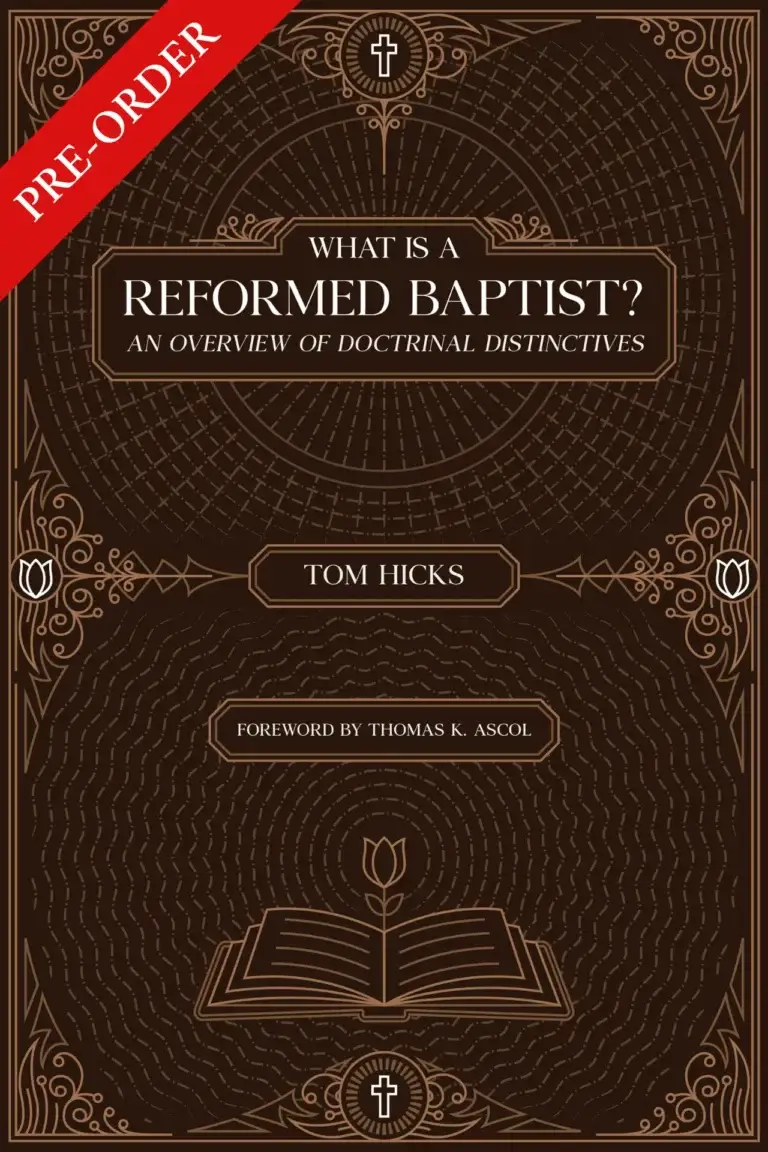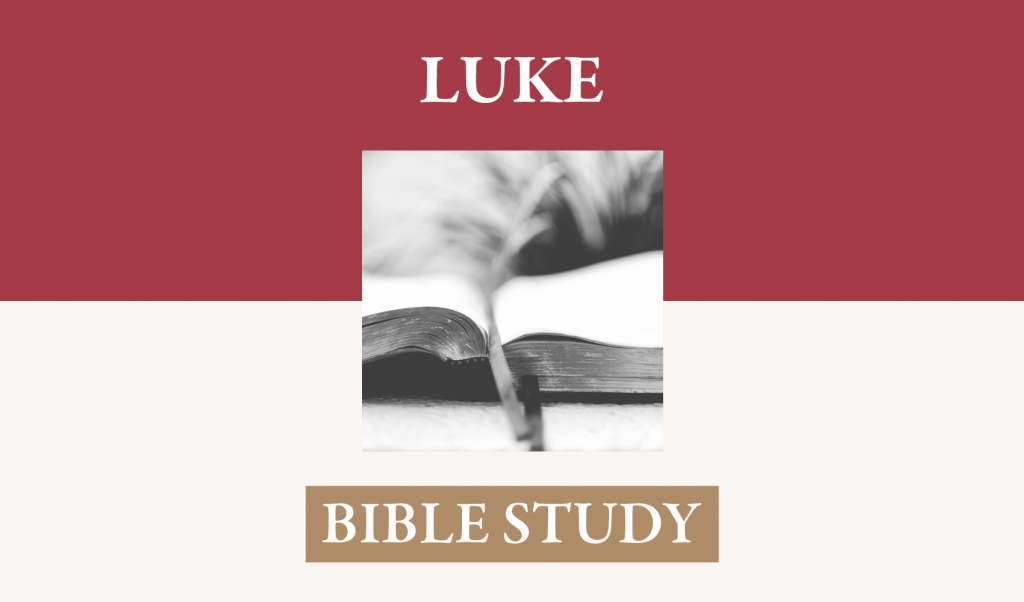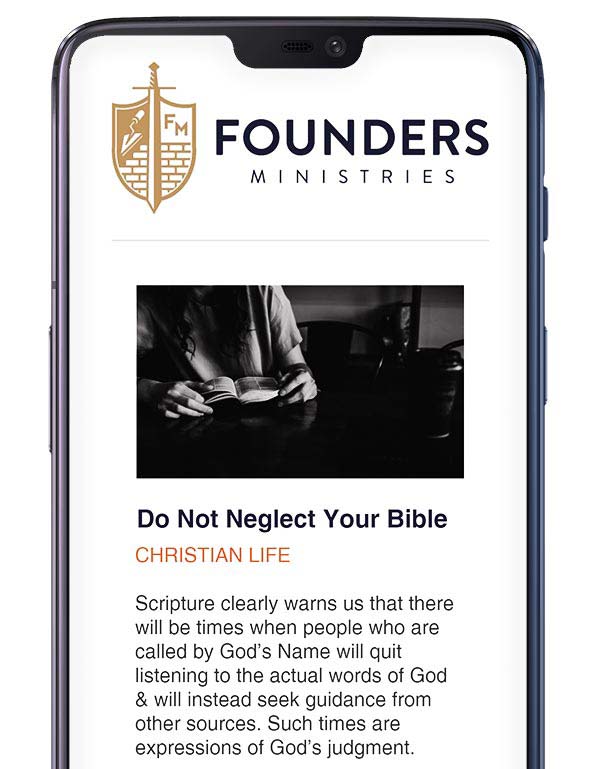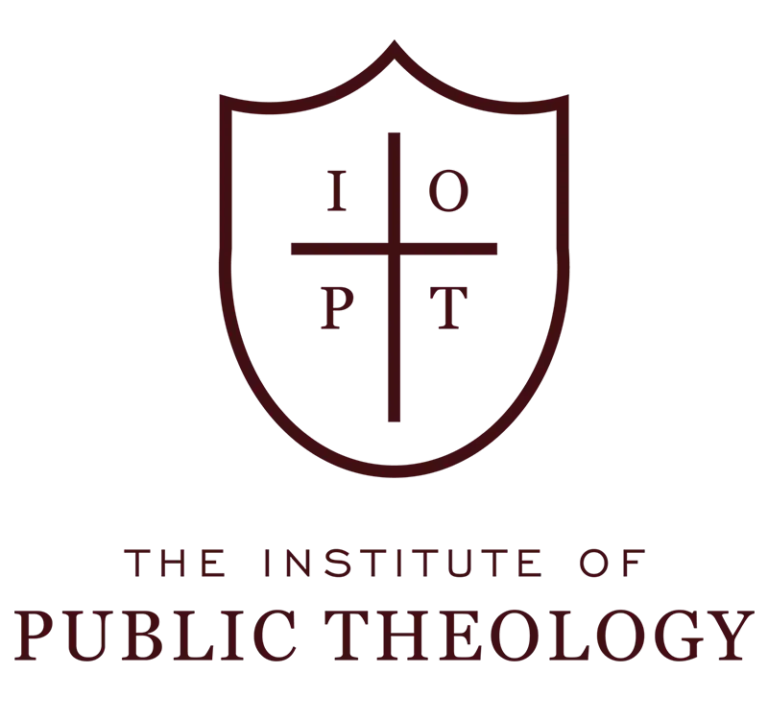Biblical Truth: God’s gift of salvation is available to all people.
Recognize God’s Salvation: Luke 2:25-32.
[25] And there was a man in Jerusalem whose name was Simeon; and this man was righteous and devout, looking for the consolation of Israel; and the Holy Spirit was upon him. [26] And it had been revealed to him by the Holy Spirit that he would not see death before he had seen the Lord’s Christ. [27] And he came in the Spirit into the temple; and when the parents brought in the child Jesus, to carry out for Him the custom of the Law, [28] then he took Him into his arms, and blessed God, and said, [29] "Now Lord, You are releasing Your bond-servant to depart in peace, According to Your word; [30] For my eyes have seen Your salvation, [31] Which You have prepared in the presence of all peoples, [32] A LIGHT OF REVELATION TO THE GENTILES, And the glory of Your people Israel." [NASU]
[25] Simeon is presented as a simple man, a layman, not a priest, who dwells in Jerusalem. Simeon was a common name meaning “God has heard.” What is revealed about Simeon is neither his vocation nor his age, but his spiritual condition. He was a devout believer in God. The description of Simeon as righteous and devout points out his devotion to God. The term devout refers to the spiritually sensitive God-fearer, the faithful law-abider. Clearly Simeon is seen in a favorable light. Simeon lives in the hope that God’s promise will come to pass; he is awaiting the consolation of Israel. Israel’s consolation was a key element in many strands of Old Testament and Jewish eschatology, referring to the hope of deliverance for the nation [Isa. 40:1; 49:13; 51:3; 57:18; 61:2]. Later, the rabbis would refer to Messiah as Comforter because they saw him as the one who would bring this consolation. In the Old Testament, various agents brought God’s consolation, but a primary agent in eschatological contexts was the Servant of God. Interestingly, while Luke associated consolation with Messiah, John will associate it with the Spirit [John 14-16]. Simeon was not only pious and expectant, he was blessed, having received a special work of the Holy Spirit. This last note prepares the reader for the revelation that Simeon receives in 2:26 as well as for his prophetic statements in 2:29-32, 34-35.
[26] Simeon’s prophecy is described further as God’s promise to Simeon by the Holy Spirit. The association between God’s Spirit and prophecy is strong, as Judaism looked to an active Spirit in the new age accompanying God’s act of deliverance. In this case, Simeon received a promise that God would not let him die without seeing Messiah. The remark ties together the messianic idea [2:26] with the idea of Israel’s consolation [2:25]. Only when this is fulfilled is the prophet ready to die [2:29-30].
[27] The prophecy’s specific setting involves Simeon going to the temple by the divine leading of the Spirit. In the Spirit indicates that Simeon was directed to the temple on that particular day by God. In the context of this event, Simeon is located either in the Court of the Gentiles or in the Court of Women, since Mary could be present only at these two locales. The parents were proceeding into the temple to dedicate the firstborn according to the law, when Simeon stopped them. This fulfilling of the law serves once again to point out the pious obedience of Jesus’ parents. But the basic idea of the verse centers not on the parents but on a revelation about Messiah that is given in the temple. While Jesus is brought to God for dedication, God testifies to Jesus the Messiah through the prophet. For pietistic Jews, there could hardly be a more solemn locale for the testimony.
[28-29] Simeon takes the child and expresses his gratitude to God for sharing in this special moment. What follows is a hymn of prophetic praise to God for the joy of seeing the Messiah in fulfillment of God’s word. Simeon’s reception of Jesus is intended to picture the arrival of messianic hope for Israel. The third hymn of the infancy section is known as the Nunc Dimittis, a name that comes from the hymn’s opening phrase in the Latin version. The hymn is composed of three pairs of lines [29a-b, 30-31, 32a-b]. In the narrative the hymn completes a promise-fulfillment-praise chain, where the promise of seeing Messiah is made in 2:26, while the fulfillment comes in holding the child in 2:28. The hymn is a joyful response of praise for the fulfillment of God’s promise, a pattern that is related to the function of each of the hymns in Luke 1-2. Thus, the hymn says that God acts according to Your word. Here God’s word is the promise that death would not come until Messiah was seen. Simeon declares that he can now rest, because in seeing Jesus he has seen God’s salvation. Simeon is like the watcher who can leave an assigned post because the anticipated event has come. The reference to God releasing Your bond-servant in the present tense serves to express the readiness of Simeon to die now that he has received the promise. When Simeon describes himself as a bond-servant, he uses common Old Testament imagery for a faithful and righteous servant. The reference to God as Lord points to a recognition of God’s sovereignty. Depart in peace refers to the comfort of knowing that God’s work comes to fulfillment. Simeon’s life can come to an end with him at peace in this knowledge. God again has brought His word to pass, a source of encouragement and assurance not only to Simeon but also to Luke’s readers.
[30] The interesting feature of this verse is that seeing God’s salvation is linked directly to seeing Jesus, so that a strong tie exists between salvation and the one who personifies it. This connection in turn relates to the idea of Israel’s consolation in 2:25. Fulfillment has come in Jesus, and so Simeon can die in peace. The idea that the person of Jesus is at the center of soteriology is a keystone of Luke’s Christology. It is clear that for Luke salvation comes and God comes because Jesus the Messiah has come. The idea of one seeing God’s salvation has Old Testament echoes [Isa. 52:10; Psalm 98:2; Luke 3:6]. The association of joy with seeing God’s salvation appears again in Luke 10:23-24. The mood of joy in this text dominates the rest of the passage.
[31] Simeon turns to describe the divinely promised salvation. Which refers back to the salvation mentioned in 2:30. It is a salvation that God prepares. You have prepared points to God’s design of salvation in history, a design that included a deliverer coming through Israel. The idea of the preparation of salvation is unique, and in the light of what follows, this must mean the providential preparation of salvation through Israel’s history, according to prophecy and promise, until the time of fulfillment which is now recognized. This salvation should not catch people by surprise, since it was expected. The salvation was not only designed, it was prepared before a vast throng. God intends to extend to all the salvation that comes in Jesus.
[32] Luke describes the salvation in further detail. Light suggests the coming of illumination into a place of darkness. It is a frequent New Testament image of Jesus and His task. Light as illumination means this light is revelation for the Gentiles. God’s revelation dwells in a person, an idea that implies some of what John says explicitly when he calls Jesus the Word. Jesus as light brings salvation to all humankind, illuminating them into God’s way. If Jesus is revelation for the Gentiles, He is more than that for Israel. He is its glory. As Isaiah 60:1-3 shows, the nation’s hope was that, with the coming of salvific light to Israel, the attention of all people would be drawn to Israel. At the heart of what makes the nation special is that salvation comes through it. Simeon is a picture of redemption’s joy in that he senses the significance of who Jesus is and rests in that knowledge. The hymn as a whole repeats basic themes of all the hymns in the infancy narrative. God is acting for His people Israel. He is saving them according to His plan and promise. That salvation is found in Jesus. But Simeon’s hymn adds to these themes. Jesus is now directly associated for the first time with the “Servant” hope of Isaiah 40-66. However, it is not the suffering elements of this figure that are brought to the fore, as in other New Testament uses of this theme; rather it is the note of victory, vindication, and hope.
Grasp the Impact of God’s Salvation: Luke 2:33-35.
[33] And His father and mother were amazed at the things which were being said about Him. [34] And Simeon blessed them and said to Mary His mother, "Behold, this Child is appointed for the fall and rise of many in Israel, and for a sign to be opposed — [35] and a sword will pierce even your own soul — to the end that thoughts from many hearts may be revealed." [NASU]
[33] Luke records the parents’ response to Simeon’s words. The description of Jesus’ universal task produces amazement. The wonder may be explained by two factors. First, the note of universality was a new point to make about Jesus’ ministry. Second, the parents’ response was natural since revelation about Jesus just kept coming.
[34] Simeon gives a blessing to the parents and then gives a special word to Mary. It is not entirely encouraging. His topic is Jesus, division, and Israel. Jesus’ ministry is summarized in two images. He is the One who is set for the falling and rising of many in Israel, and He is a sign. The first image is drawn from passages in Isaiah, where God is portrayed as setting up a stone of stumbling over which some fall [Isa. 8:14-15], a precious cornerstone that will not disappoint those who trust in it [Isa. 28:13-16]. The fall and rise of many appears to refer to two groups: those who reject Jesus headed for a fall, while those who accept Him in faith are headed for vindication. The qualification in Israel shows the nationalistic and Jewish perspective of the account. Jesus will divide the nation. The emphasis on opposition continues in the reference that Jesus will be a sign of contesting. Humans will resist Jesus. For them, Jesus will not be a hope of promise fulfilled, but a figure who is to be opposed. The sign is characterized best as one of contention, not only rejection, because the point of the context is division. The incident in 4:28-29 illustrates this situation. Simeon knows that although Jesus is God’s hope, not everyone will respond positively to Him. The raising of this aspect of Jesus’ fate is Luke’s first indication that all will not go smoothly for God’s Anointed.
[35] Simeon turns from the effect of Jesus on the nation to the effect that Jesus will have on Mary. It is best to take the remark about the sword in 35a as being a parenthetical statement meant only for Mary. Simeon tells Mary that the child shall cause a sword to pass through her own soul, a figure that is made more graphic because the term chosen for sword designates a very large, broad, two-edged sword. The figure points to Jesus bringing extreme emotional pain to His mother. After this brief personal remark, Simeon returns to the broad picture. By taking 35a as parenthetical, the saying in 35b is then seen as being connected to the falling and rising of verse 34 and not to the sword in 35a. The purpose of Jesus having a ministry that divides is so that the thoughts of the hearts might be made manifest. Jesus’ ministry shows where hearts really are before God. Jesus will expose those who do not believe. He is a litmus test for the individual Jewish responses to the fulfillment of their promise. Do they believe it or not? The reference to the heart points to the deepest seat of thought. The revealing of these thoughts alludes to judicial exposure by Jesus. How humans respond to God’s promise is made evident by how they respond to Jesus, whose presence reveals their true colors. Simeon focuses on the exposure of those who will not respond to God, as the mention of hostile thoughts makes clear. Jesus comes; humans choose. Some oppose Him and fall. Luke is honest about the tension and God’s response. When Simeon’s prophecy is viewed as a whole, one sees a prophet at peace because he knows that God’s salvation has come. Salvation’s light has come in Messiah; Simeon rejoices. But the picture is not entirely rosy. For the Promised One is variously perceived, and many in Israel will reject Him. In the path the child takes, His mother will feel pain; but His ministry will expose who is hostile to God. The messianic Son will be a light to the world, but His shining will bring division as He shines forth. Many will be raised to the Light, but tragically others will fall in judgment, having missed the promise.
Show Gratitude for God’s Salvation: Luke 2:36-38.
[36] And there was a prophetess, Anna the daughter of Phanuel, of the tribe of Asher. She was advanced in years and had lived with her husband seven years after her marriage, [37] and then as a widow to the age of eighty-four. She never left the temple, serving night and day with fastings and prayers. [38] At that very moment she came up and began giving thanks to God, and continued to speak of Him to all those who were looking for the redemption of Jerusalem. [NASU]
[36-37] Luke turns to the testimony of a pious woman. Anna is the Greek spelling for a Semitic name that means “grace,” but Luke makes nothing of her name. What he does tell us is that she is a prophetess. Anna is a vessel for revelation from God. Anna was very old and a widow. Anna’s daily activity reflects piety. She is at the temple daily, fasting and offering prayers all day. Anna’s activity pictures a person totally focused on serving God. In Luke 2, all types of people testify to Jesus: the simple folk of the field, the devout men of the city, and pious women of the city.
[38] Unlike Simeon who addresses the child’s parents, Anna approaches the parents and then turns to offer thanksgiving to God. Along with her praise, Anna addressed the crowd concerning Israel’s redemption. Redemption of Jerusalem refers to the redemption of Israel, since the capital stands for the nation. Equivalent to the phrase consolation of Israel [2:25], it has Old Testament background in that it refers to God’s decisive salvific act for His people [Isa. 40:9; 52:9; 63:4]. The focus is on the Redeemer and the time He brings. Simeon and Anna show that before Messiah came, God’s people lived an unfulfilled life. In addition, they reflect the twofold testimony to the truth of an event. Jesus fulfills the expectations of pious saints and prophets. Anna’s message hints at a remnant concept, since she addresses her remarks only to those who await the consummation of God’s plan. For those ready to hear, fulfillment has come.
Questions for Discussion:
1. Luke is the only Gospel writer who tells us about Simeon and Anna. Why do you think Luke considered these two events as important enough to be included in his Gospel account? What new things does Luke tell us about Jesus through Simeon and Anna?
2. “Looking” ties these two accounts together. Simeon was looking for the consolation of Israel and Anna spoke to all those who were looking for the redemption of Jerusalem. What does it mean to “look” for something? Why would Luke connect consolation and redemption [see Isaiah 52:7-10]? What are you looking for this Christmas season?
References:
Luke, Darrell Bock, Baker Books.
Commentary on the Gospel of Luke, Norval Geldenhuys, Eerdmans.
Gospel According to Luke, William Hendriksen, Baker Books.

